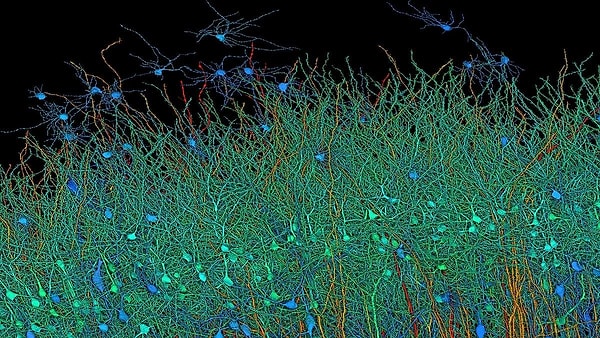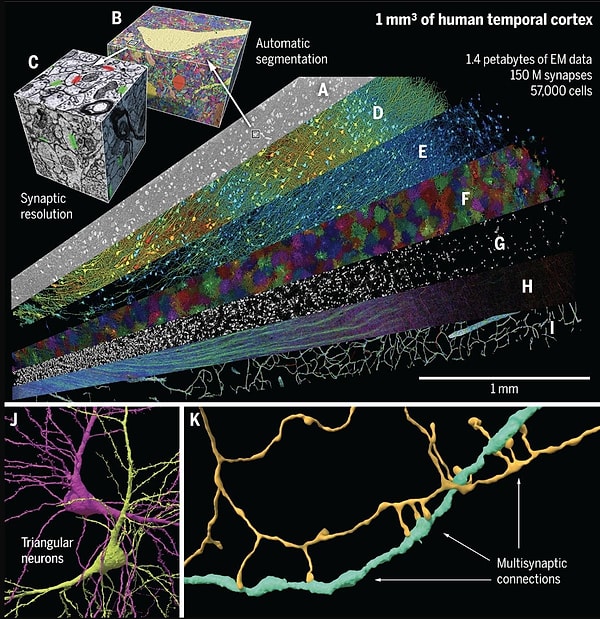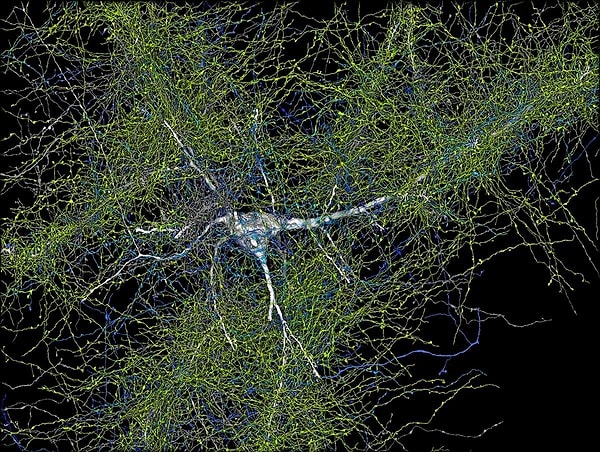Google and Harvard Unveil Most Detailed Map of the Human Brain Yet
After a decade of connectome research, a paper published in the journal Science reveals the mapping of the internal structure of the human brain. Through a collaboration between Harvard University and Google, this research promises a better understanding of brain structure and potential treatments for neurological disorders. Here are the details👇
The human brain, a subject of fascination and scientific inquiry since ancient Egyptian and Greek civilizations, boasts a highly complex structure.

Decades of research culminated in the mapping of the brain's internal structure, a milestone detailed in a publication in the journal Science. This achievement stems from a collaboration between Harvard University and Google Research, combining the electron microscopy imaging by Lichtman with the use of artificial intelligence algorithms to color-code and reconstruct the intricate neural connections in mammalian brains. This study is the result of approximately a decade-long partnership.
A cubic millimeter of brain tissue contains 1,400 terabytes of data!

The complexity and data contained within a cubic millimeter of brain tissue may seem insignificant at first glance. However, considering that this tiny piece houses 57,000 cells, 230 miles of blood vessels, and 150 million synapses, amounting to a staggering 1,400 terabytes of data, the success of Harvard and Google researchers in this field becomes more apparent.
The map allows us to see each cell and their neural connections in intricate detail, equivalent to a grain of rice-sized portion of the human temporal cortex.

Under the leadership of Dr. Jeffrey Lichtman, a Professor of Molecular and Cellular Biology at Harvard and newly appointed Dean of Sciences, a team collaborated with Google researchers to create the most detailed and three-dimensional image of a portion of the human brain to date. This image vividly showcases each cell and their neural connections within a grain of rice-sized portion of the human temporal cortex.
The ultimate goal is to create a high-resolution map of the neural connections in a mouse brain!

This collaboration is supported by the National Institutes of Health BRAIN Initiative, with the ultimate goal of creating a high-resolution map of the neural connections in a mouse brain. This endeavor requires approximately 1000 times the data obtained from a cubic millimeter of a mouse brain.
Dr. Jeffrey Lichtman noted the irony of the term 'piece,' stating, 'A terabyte is a substantial value for most people, but even a tiny portion of the human brain contains thousands of terabytes of data.'
This map, revealing the internal structure of the brain, holds promise for treating neurological disorders!

The cutting-edge artificial intelligence algorithms developed by Google enable the three-dimensional reconstruction and mapping of brain tissue, which could be crucial in combating neurological disorders. Researchers believe that this map could be a key to fully curing neurological diseases in the future.
Keşfet ile ziyaret ettiğin tüm kategorileri tek akışta gör!


Send Comment